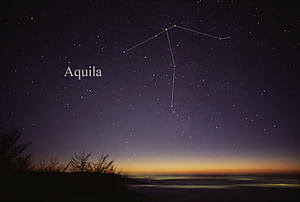 |
| to be honest, I can eat it just cuz the one that bring it is one of beautiful lady (in other word, it feel like hell too) |
It's fun to play in the yard when raining, but I forget that my body will not able to defend the cold, when I back home, I lying on the bed and this morning, when I wake up, my head feel like hell and I think I must sleep forever.
Lucky, there's a girl neighbor that bring me a bowl of (how must I call it?) soup and porridge (I think, I just need a bowl of porridge but the soup is nice)
Arigatou,
(....and when U come again, please bring some sugar or candy ) :D
---------------------
L.N




















.jpg)






